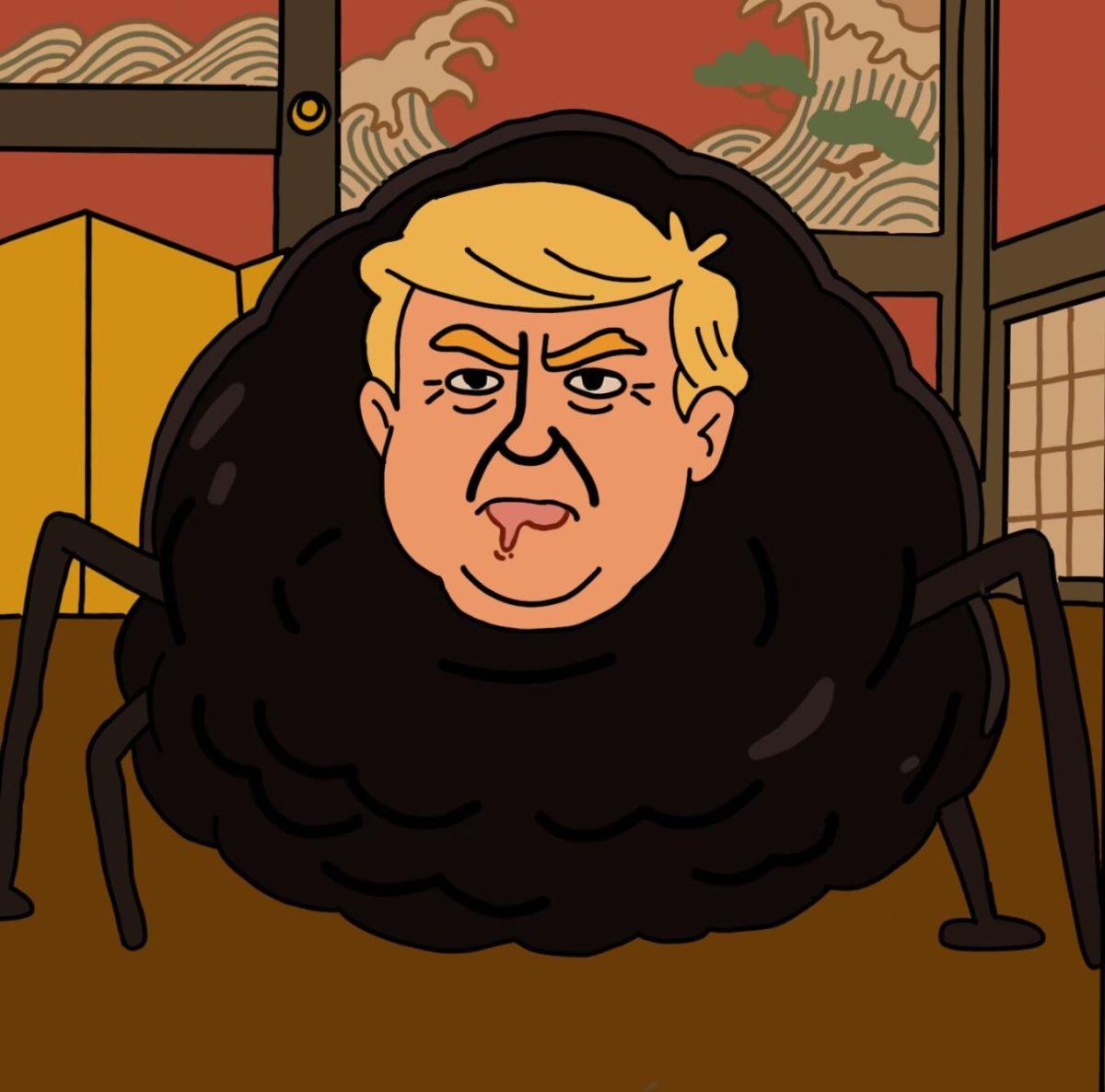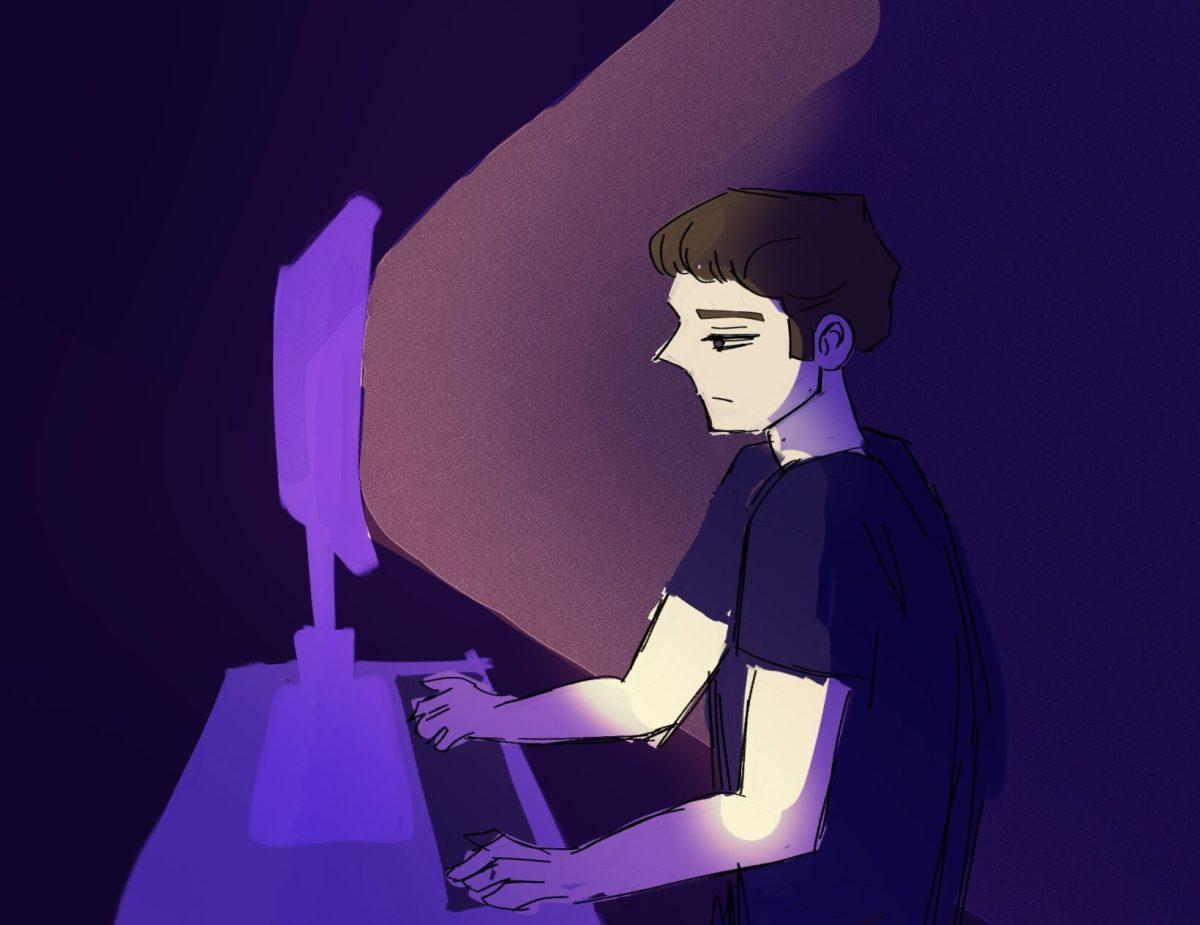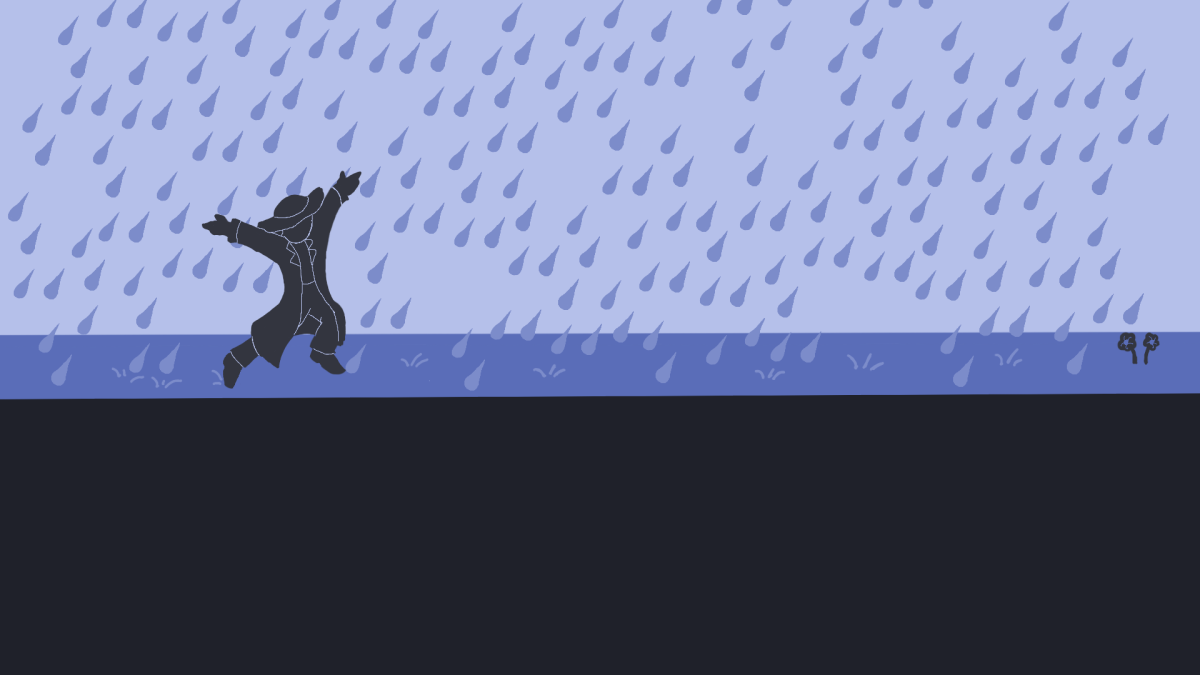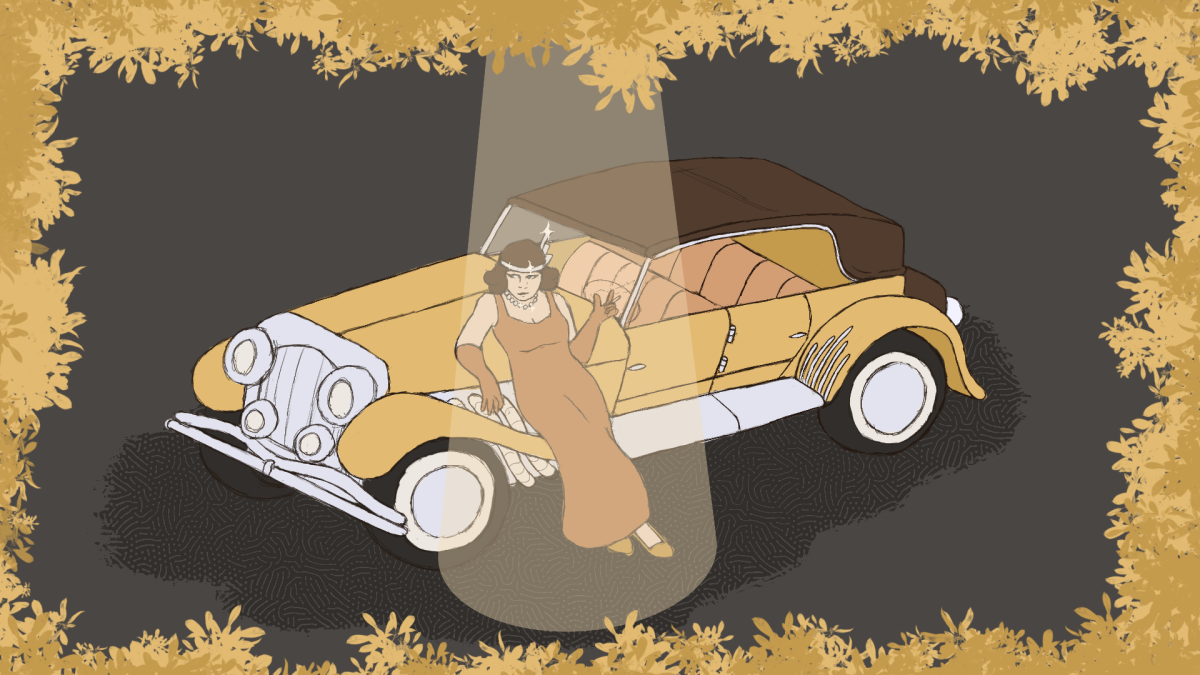The designated hitter position is one of the most debated topics in baseball. Major League Baseball has even failed to make a definitive decision on the issue as the American League opts to use the designated hitter, while the National League opts to allow the pitcher to bat in the lineup.
MLB’s rules regarding the subject become ever more confusing as one enters interleague play, the All-Star game and the World Series. The list begins rather simply with interleague play in which the home team’s league rules are in effect.
The All-Star’s history concerning the designated hitter is slightly more complicated. Before 1989, no All-Star games featured the designated hitter. In 1989, the rule changed so the designated hitter would be used in All-Star games played in American League stadiums. Since 2010, MLB has implemented the rule that the designated hitter will be used in any All-Star game, regardless of the ballpark.
The Fall Classic’s history with the DH is even more convoluted than the All-Star game. It was originally played under National League rules, but in 1976, the rule was changed to state that the DH would be used in all games of the Series but only in even-numbered years. In 1986, the rules were once again changed, this time so that the DH would be used during games played in an AL stadium.
Many fans of the sport believe that the designated hitter should be used across all of major league baseball. These fans argue that the pitcher is just an automatic out in the lineup each time through the order, and it seems that many of MLB’s recent rules reflect this sentiment. Plus it would eliminate all of the confusion that interleague play, the All-Star game and the World Series bring.
Most NL pitchers do not have a .000 batting average, so they clearly are not an automatic out each time through the lineup. However, I am not going to try to make the argument that pitchers should continue to be allowed to hit because of the occasional single, or in the very rare case, extra base hit.
On the contrary, pitchers in the lineup add to the finesse of small ball baseball by making productive outs. One of the most beautiful things in baseball is laying down a well-executed sacrifice bunt, a skill that even a pitcher can master.
I recently saw the Mets play the Braves at Turner Field, a game which featured not only one successful sacrifice bunt, but two; one from each of the starting pitchers, Dillon Gee and Julio Teherán. While the Mets were unable to capitalize on Gee’s sac bunt, the Braves took advantage of Teherán’s, moving the runner to third, who would eventually score their fifth run and seal their victory.
The sac bunt becomes an even more important factor in ballparks with expansive outfields that eliminate the long ball as a major threat. At these stadiums like Citi Field, PNC Park and Minute Maid Park, small ball baseball is ever more important, a skill which DHs are often not known for.
The lack of the DH position also adds a managerial strategy aspect to the game. In the AL, if you think you can get one more productive inning out of your pitcher, you’re going to keep him in. There’s no question, no concern for the batting order. In contrast, NL managers must face the pros of the extra inning pitched against the cons of leaving him in the lineup if he is due up to bat in the next half inning.
So before we go pounding down Commissioner Bud Selig’s door demanding an MLB wide implementation of the designated hitter, take a moment to reflect on the added delicacy that leaving pitchers in the lineup brings to the game. Ask yourself if we’re ready to lose this treasured aspect of the game.













